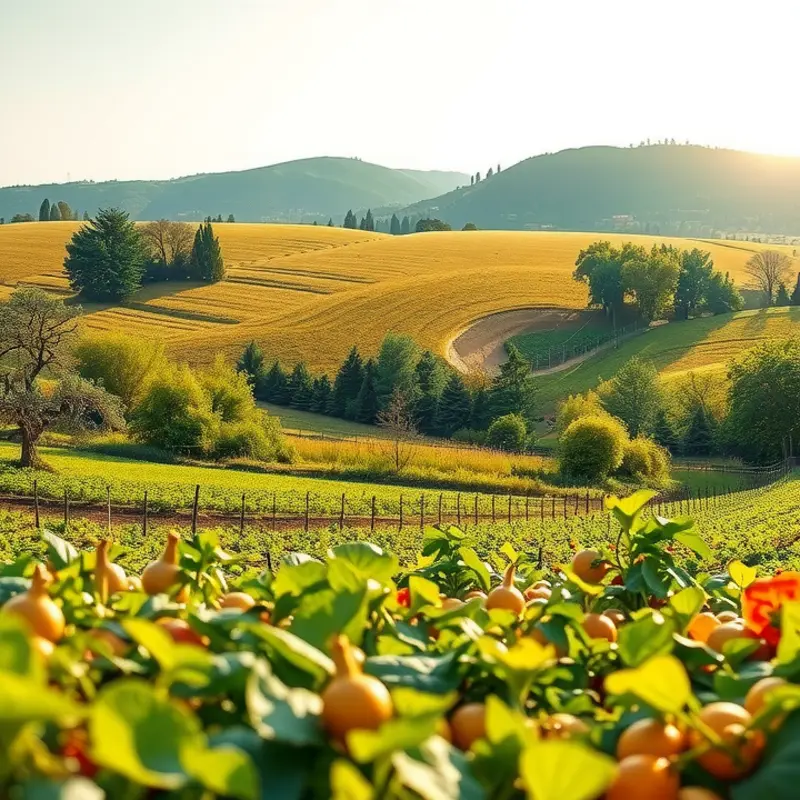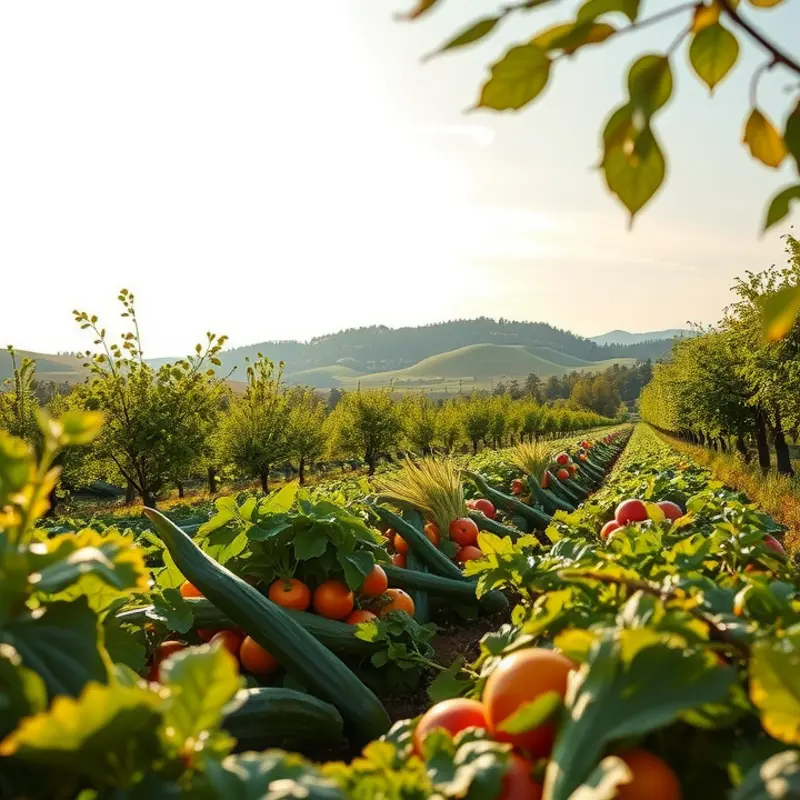Crispy waffles are a breakfast classic that can bring joy to any morning. With the right techniques, you can achieve a perfectly golden exterior that is both crunchy and delicious. Whether you’re new to cooking or a seasoned pro looking to refine your skills, this guide offers practical tips to elevate your waffle-making process. Let’s explore how you can enhance your kitchen skills to create waffles that are sure to impress family and friends.
Essential Ingredients for Crispy Waffles

Achieving the perfect crispy waffle begins with understanding and selecting the right ingredients. While a simple dish, each element of your waffle batter plays a crucial role. Let’s break down the essentials for your next batch of crispy delights.
Flour: The foundation of your waffle batter largely depends on flour selection and quality. Opt for all-purpose flour, which offers a good balance of protein content and gluten formation, allowing your waffles to retain structure while achieving a pleasing crispiness. For those exploring gluten-free options, be mindful of your flour blend to ensure it mimics the texture properties of traditional flour as closely as possible.
Cornstarch: Incorporating cornstarch is a secret weapon for adding that coveted crunch. By replacing a portion of your flour with cornstarch (try a ratio of 1 part cornstarch to 3 parts flour), you reduce the gluten content, which contributes to a lighter, crispier end product.
Leavening Agents: A combination of baking powder and baking soda ensures that your waffles rise properly. Baking powder provides the initial lift, while a touch of baking soda reacts with acidity in the batter, enhancing the leavening process. Ensure your baking powder is fresh; an expired leavening agent can flatten your waffle dreams.
Liquid: Choosing the right liquid is just as pivotal. Whole milk is the traditional choice, providing fat that aids in texture and flavor. Some enthusiasts prefer buttermilk, which not only adds tanginess but also reacts with baking soda for extra crispiness. Opt for almond milk or soy milk if you prefer a dairy-free option, ensuring you choose unflavored varieties to avoid altering the taste profile.
Fats: Every waffle needs some fat to achieve that golden hue. Melted butter is classic, offering an unmatched richness. Alternatively, vegetable oil can produce similar results with a neutral taste. Try coconut oil for a slight tropical warmth, taking care to melt it beforehand and combining thoroughly.
Sugars: A small amount of sugar in your batter caramelizes during cooking, enhancing the surface browning. White granulated sugar or brown sugar will suffice; however, adjusting to the type of sugar can subtly affect the waffle’s crispiness and flavor depth.
Eggs: Eggs act as a binder, bringing your ingredients together beautifully. Using both the yolk and whites is essential; the yolk provides richness while beaten egg whites will add volume and lightness to your batter. Separate your whites and beat them to stiff peaks before gently folding back in for an airy, crispy batter.
When mixing your ingredients, avoid overmixing, which can result in tough waffles. It’s okay to see a few lumps—they’ll dissipate during cooking. Measuring accurately is crucial, too, ensuring each component is well balanced, leading to consistent results. For those who are mindful of waste in the kitchen, understanding eco-smart kitchen storage practices can ensure none of your precious ingredients meet an early demise due to spoilage. By mindfully selecting and preparing your ingredients, you’ll consistently craft crispy, golden waffles every time.
Cooking Techniques for Ultimate Crispiness

Achieving perfectly crispy waffles is an art form, one where precision and patience play crucial roles. Once you’ve gathered the right ingredients, mastering the cooking techniques becomes essential. Temperature management, batter consistency, and preheating your waffle iron are key factors that will elevate your waffle-making experience.
Temperature Management: The first step in crafting crispy waffles is managing your heat. A waffle that is cooked at the right temperature will develop that desirable golden crust while remaining tender inside. Preheat your waffle iron thoroughly before adding any batter. This ensures an immediate sizzle, setting the foundation for the perfect texture. Typically, a medium-high setting works for most waffle irons. However, it’s wise to refer to your specific appliance’s guidelines to ensure the best results.
Batter Consistency: The consistency of your batter can significantly affect the outcome of your waffles. A batter that is too thick may result in dense waffles, while a batter that is too thin might not set well, preventing the formation of a crispy crust. Your batter should pour easily but hold its shape when poured—think of a slightly thickened cream. To achieve this, carefully measure your liquid ingredients to maintain balance with your dry components. Incorporating air into your batter, like folding in whipped egg whites, can also contribute to a lighter and crisper waffle.
Preheating the Waffle Iron: Never underestimate the power of preheating your waffle iron. A well-preheated iron distributes heat more evenly, which helps in forming a uniformly crisp crust. Allow your iron to heat for at least five minutes or until the indicator light signals readiness. You can also test the temperature by flicking a few drops of water onto the surface; the water should sizzle and evaporate almost instantly.
Timing also comes into play in achieving the desired level of crispiness. Avoid the temptation to lift the lid too early, as releasing steam too soon can make the waffles soggy. Let the wafting aroma guide you, typically indicating that they’re nearing golden perfection. Keep an eye trained on your iron’s guidelines or the built-in timer to know precisely when to check.
Embracing these cooking techniques will result in waffles that exhibit the ultimate crispiness, a treat worth savoring. For more smart cooking tips that reduce waste and enhance preparation, explore this guide on low-waste cooking prep, where every suggestion contributes to a more harmonious kitchen experience. Remember, each perfectly cooked waffle is the sum of meticulous attention to these intertwined aspects of preparation.
Final words
Creating the perfect crispy waffle is both an art and a science. By understanding the essential ingredients and employing effective cooking techniques, you set yourself up for success in the kitchen. Remember to experiment with different recipes and ingredients to find what works best for your taste. With practice, you’ll master the skills needed to prepare mouthwatering waffles that can be the star of any breakfast or brunch table, leaving your family and friends eagerly asking for more.







